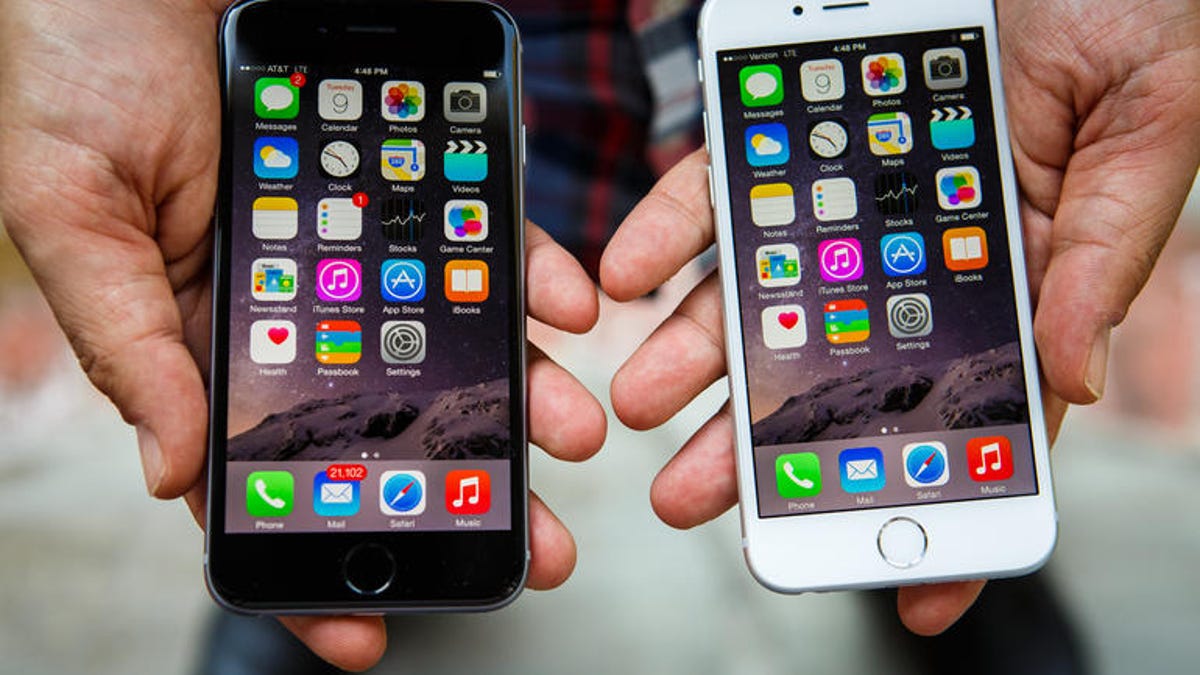
Sarah Tew/CNET
In the past month or so, local telcos have been hyping up the various spectrum upgrades they’ve added to their 4G networks. For Optus, the current push is 2,300MHz, for Vodafone it’s 850MHz and for Telstra it’s the 700MHz band, which it recently switched on in the Sydney CBD.
Most of these network upgrades are based around offering LTE carrier aggregation or LTE-A, where a mobile device can make use of either multiple channels on the same spectrum ( TD-LTE) or multiple channels on different spectra ( FD-LTE). However, without any LTE-A compatible phones on sale in Australia — the Samsung Galaxy Note 4 looks set to be the first — consumers won’t be burning through their data caps at super-speed just yet.
But Telstra says that consumers with 700MHz LTE band compatible-phones will see a difference right now if they’re in a supported area. While you might not get a huge speed boost, the greater penetration of 700MHz means you should experience better network performance inside buildings, in underground areas such as carparks and even elevators.
With that in mind we did some speed testing around the Sydney CBD, directly comparing the iPhone 6 to the iPhone 5s. We tested both phones in 19 various locations, mixing up indoor, outdoor and underground.
iPhone 5s
| Average | Peak | Minimum | |
| Download | 11.7Mbps | 40.68Mbps | 3.45Mbps |
| Upload | 9.04Mbps | 18.29Mbps | 0.94Mbps |
iPhone 6
| Average | Peak | Minimum | |
| Download | 14.84Mbps | 38.52Mbps | 4.48Mbps |
| Upload | 10.8Mbps | 20.47Mbps | 1.25Mbps |
For the most part, the results aren’t exactly shocking. As you can see, the iPhone 6 had better average download and upload speeds, but a lower peak download — that said, none of the speed differences are really that significant.
But when we look at the location data as well, we see that in some underground locations the iPhone 6 outperformed the 5s by a noticeable amount.
At Town Hall station, for example, the iPhone 6 saw a peak download speed of 28.2Mbps, while the 5s scored 10.3Mbps in the same location.
In the underground part of the World Square shopping area the iPhone 6 saw a top download speed of 38.5Mbps compared to 10.4Mbps on the 5s.
These are the extremes — for the most part the speeds were very close to each other. But it certainly appears that, yes, Telstra customers with the right phone will see some small coverage improvements thanks to 700MHz.
Of course, the real test will be when the Galaxy Note 4 goes on sale at the end of this month and we’re able to look at whether LTE-A can live up to the promises the telcos have been making.



